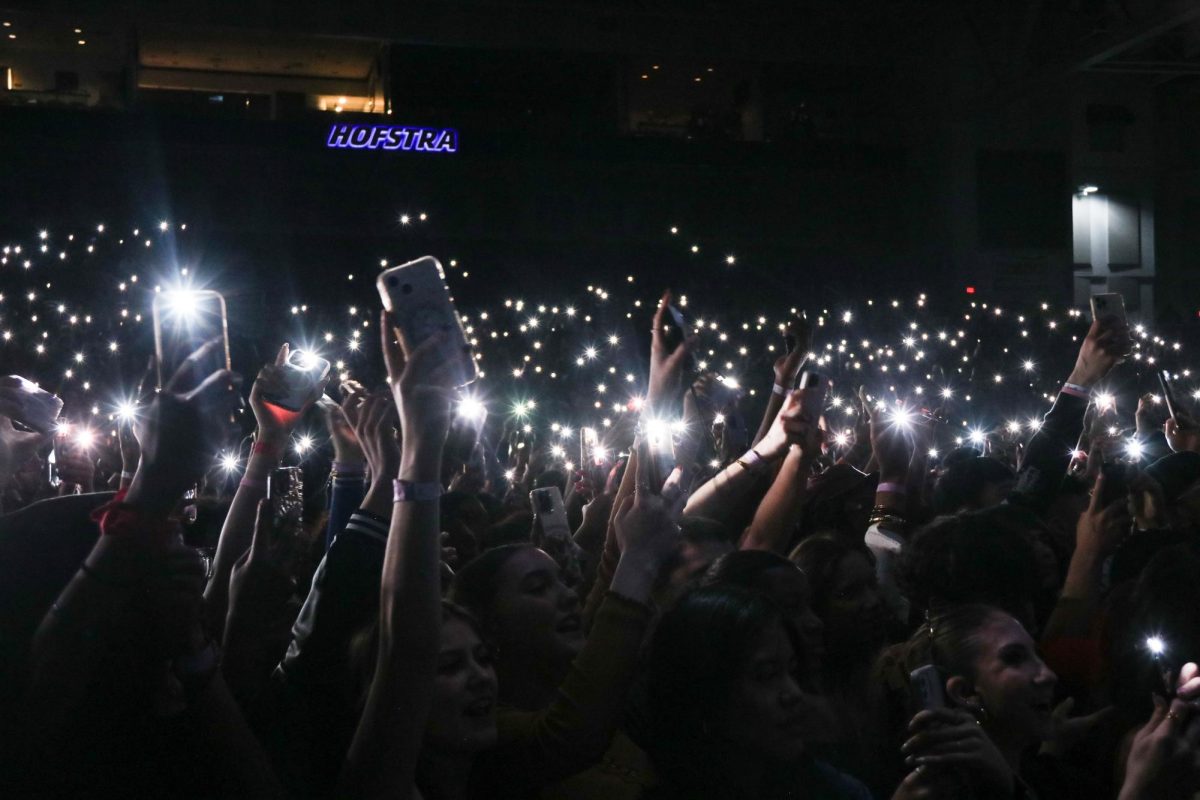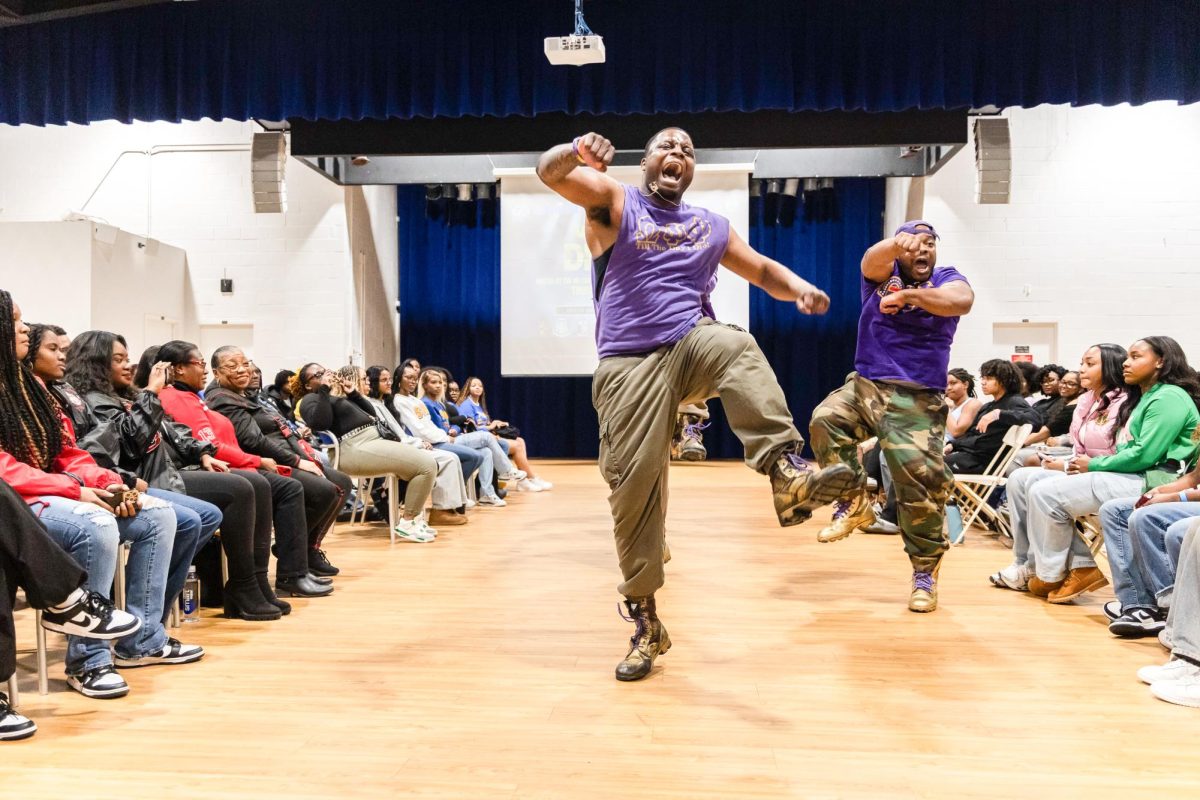Six different alarms, caused by burnt food, humidifier steam, air fresheners and vape smoke went off in the Enterprise Hall from Sept. 25 to Oct. 3, causing evacuations and igniting the frustration of residents and campus safety officials.
According to Associate Director of Public Safety for Operations, Robert McDonald, the alarm on Sept. 25, was triggered by burnt food. On Sept. 28, around 5:10 p.m., another alarm was caused by steam from a humidifier and on Sept. 30, around 7:30 p.m., an air freshener was the cause for the evacuation of the hall.
The last three alarms occurred on the first, second and third of October, all around 2 a.m., and were due to vape smoke from the same room and the same individual.
Samantha Meyer, a sophomore resident of Enterprise, was not pleased with this continuous string of fire alarms occurring at indecent hours. Meyer even gave a message to the repeat offender of this inconvenience saying, “Cut the [nonsense] because it’s not funny, it’s really annoying.”
“I was really [angry] because I was woken up in the middle of the night,” Meyer said. “The third night it happened, I didn’t go to sleep because I had a feeling it would go off again and it did.”
Another resident of Enterprise, freshman Paul Weinstein, was also not happy with the repeated offense of the alarms. Initially, he said he thought the alarm was a fire drill, yet after multiple alarms were set off, so was his frustration.
“I thought, really, three [alarms] throughout the entire weekend? Once in a while to test the system is fine, but three in a row is a little much, it’s irritating.”
McDonald explained that this was a rarity, claiming that the most common causes for triggered fire alarms on campus include the use of hairspray, cooking smoke, steam from a hot shower or the combination of hair oil and the use of a curling irons or straighteners. The smoke that results is enough to set off the smoke alarm, resulting in the mandatory evacuation of the residence hall.
McDonald explained that once the alarm is set off in the building, Public Safety is automatically notified. Public Safety officers are immediately dispatched and the fire department is called. The power panel in the building provides the room number of the activated smoke alarm, which is then checked by a responding officer who investigates the situation. Additional units are then called if they are needed.
During this process, all occupants of the residence hall evacuate the building and do not return until the fire department deems the building safe for re-entry.
McDonald also offered, that to avoid triggering alarms residents should be aware of the presence and location of alarms. “It’s all about learning where the smoke-heads are located [so as to avoid triggering them].”
He added that Public Safety tries to educate the community about preventing fires and triggering alarms through public presentations, fire safety meetings at Orientation and adds that Resident Assistants are trained on what to do in both avoiding fires and in the event of an actual fire.
When asked on the effectiveness and sensitivity of the fire alarms, McDonald said, “The alarms serve their function; they’re set at the right level. People are doing things improperly.”













